Please view the NEXT STEPS page to learn more about how to get started. Or contact Foster Adopt Minnesota directly at 612-861-7115 or zkw@fosteradoptmn.org. To gather information from a county, tribal, or private agency, you can complete the Foster Care/Adoption Inquiry Form

Click on the (+) to open each section.
FAQs
Making the decision to move forward with becoming licensed to provide foster care is often accompanied by lots of questions! Foster Adopt Minnesota has created a short document that helps lay out these steps. (Next Steps)
We also encourage you to contact us directly at 612-861-7115 or fosteringnetwork@fosteradoptmn.org
There is no cost to become foster care licensed. However, there may be minimal fees for the family should there be any purchase needs or home repairs to meet safety criteria. This could include smoke alarms, carbon monoxide detectors, fire extinguishers, furnace inspections, or other necessary repairs or updates. In addition, all household members over the age of 13 are required to complete a background study, at the expense of the foster family. If a family is becoming licensed specifically to care for a relative or kin, there may be financial assistance available to help with the above items.
DHS has set 120 days from the date an application is received, as the standard for the completion of a foster care license. However, depending on your individual circumstances, it may take longer. The licensing timeline can vary based on many different factors, including but not limited to the items below:
- Dates/times of foster care orientation and trainings
- The family’s ability to complete application paperwork in a timely manner
- Background checks (criminal history or living out of state can increase timeline)
- Timeline for begin assigned a social worker at the county or agency
- The family’s availability to schedule meetings during daytime hours
- The family’s openness to children (needs, ages, sibling groups)
Though there are infants and toddlers in foster care, there is a great need for foster families who can provide care for school-aged children (6-18 years).
Families who provide foster care need to be able to meet the needs of the children. The foster family characteristics are unique and diverse, just like the characteristics of the children in foster care. Foster families or individuals may include any of the following characteristics:
- Any age, with a minimum age requirement of 21
- Single persons, married couples, and couples living together
- Currently parenting children or those who have children living independently
- Parenting children who were adopted
- Have minimal or no parenting experience
- Any persons of any self-identified gender or sexual orientation
- Military families
- Religious or non-religious
- Those with physical, medical, or mental health challenges (provided they are well managed)
- Varying financial resources (with ability to provide basic needs)
- Non-English speakers
- Various ethnic, cultural, and racial backgrounds
You do not need to own a home to foster a child. Whether you own or rent your home, the living space will need to meet licensing requirements. In certain circumstances, a family may need a fire marshal inspection and/or approval from a landlord. You can view more information on licensing requirements here https://www.revisor.mn.gov/rules/?id=2960
Ensuring the safety of a child is the top priority when placing a child into a foster home. A fingerprint background study is required as part of the licensing application. Any criminal record is reviewed by the licensing entity. Any criminal record will be discussed during the home study process and included in the home study document. Failure to disclose any criminal history may lead to a foster care license being denied. To learn more about criminal barriers to foster care and adoption, please visit https://www.revisor.mn.gov/statutes/?id=245C.15
A home study is a written report required by Minnesota law for all licensed foster homes. It provides child welfare agencies and courts with the information necessary to determine the most appropriate placement for a child. Although not specific to Minnesota, this document will provide you additional insight and information into the process: https://www.childwelfare.gov/pubPDFs/f_homstu.pdf#page=1&view=Introduction]
The home study process will include the following components:
- Continued education as prospective families prepare to become licensed foster homes
- A series of interviews with a licensing social worker, which will include all household members, children in the home, and adult children living outside the home
- A home visit to assess the safety of the family’s home
- Assessment of the family’s ability to meet the needs of the children in care
- Social histories about the prospective family
The home study process can vary greatly, depending on several factors, including how efficient you are in completing the required paperwork, training schedule, timeline to be assigned a worker, and your flexibility to meet with your worker during regular business hours. You should expect the home study process to take a minimum of four months from the time you submit an application with an agency.
As a foster parent you will receive a daily stipend for each child placed in your home.
For information about the Northstar Care for Children basic monthly rates see:
https://fosteradoptmn.org/wp-content/uploads/2022/03/20-32-03-5-14-SFY2021BasicSupplementalRates.pdf
Some children qualify for additional payments based on the level of parenting needed. Children receive supplemental payments to cover the expenses of extra needs and the additional efforts caregivers provide to meet those needs. For additional information on the reimbursement payments, please review https://edocs.dhs.state.mn.us/lfserver/Public/DHS-6736-ENG.
Medical Assistance is a federally funded insurance program that is available to children who are in foster care. It covers medical and dental needs for foster children. Medical coverage and the needs of the child should be discussed with the placing worker prior to the child being placed in your home.
Other possible financial supports for foster children may include:
- WIC (Women, Infants, and Children) for children 0-5,
- Free/Reduced breakfast and lunch at school
- Some counties may offer a clothing allowance at time of initial placement
- STAY (Successful Transition to Adulthood for Youth) Program
- North America Council on Adoptable Children (NACAC) has information and support groups for youth and families. https://www.nacac.org/help/be-a-youth-advocate/
- Head Start promotes school readiness for children birth to five. Foster children are generally eligible for this program. https://www.acf.hhs.gov/ohs
- Early Learning Scholarship pays for high-quality child care and early education to help children get ready for school. https://education.mn.gov/MDE/fam/elsprog/elschol/
- Photography and video recruitment for children under State guardianship.
Please talk to your agency for additional resources that may be available.
you have identified to serve.
It depends on the situation. If emergency placement of the child is needed or if you are providing shelter care, you would not be able to meet the child ahead of time. If you are providing respite care, it is common to meet the child and guardian or foster parent beforehand to assist with transition to and from respite care. For traditional foster care, when it is appropriate based on the age and needs of the child, a “meet and greet” or respite weekend may be arranged to see if the home is a good fit for the youth. In foster-to-adopt situations, it is unlikely that the foster family would meet the child(ren) prior to placement, however there is an extensive matching process to ensure an appropriate placement. It is important to keep in mind that children in foster care have experienced a great deal of loss, which often makes meeting prospective foster families a stressful and difficult experience.
The timeline between application and placement provides a great opportunity for families to continue education. See below for a variety of educational resources:
- Reading nonfiction and fiction books related to foster care and parenting;
- Attend online and live trainings: https://fosteradoptmn.org/training/;
- Participate in support groups: https://fosteradoptmn.org/support-groups/;
- Seek out opportunities to get to know other families who provide foster care;
- Talk to your licensing worker about other ways in which you can prepare, such as exploring becoming a respite provider, which would allow you to engage with other families and get first-hand experience caring for a child(ren) with varying needs.
- Documentary: ReMoved Part One & Part Two: https://removedfilm.myshopify.com/ The ReMoved Films have been created with the intent to bring light to the often-unknown subjects of Foster Care and Child Abuse/Neglect.
- A Day in the Life: Wayne & Peggy (Foster Care & Adoption Resource Center WI) https://www.youtube.com/watch?v=hA4jr54S8tc&feature=youtu.be
- A Day in the Life: Ethan & Erin (Foster Care & Adoption Resource Center WI) https://www.youtube.com/watch?v=mocA_mNlqMA&feature=youtu.be
- What It Takes to be a Foster Parent (Foster Care & Adoption Resource Center WI) https://www.youtube.com/watch?v=uowgJ4PSmXw&feature=youtu.be
Reunification is the ultimate goal for all foster children. While reunification efforts are occurring, foster children may have visitation with their family. The frequency of visits will be determined by the child’s social worker, and may vary, from several times a week, monthly, or quarterly. When appropriate, it is important to support a child’s relationship with their birth parents, extended family, and other important kin relationships.
It is the process of permanency plan development for children who are placed out of the home of their parents. The social services agency actively works on two plans simultaneously: 1) making reasonable efforts for returning the child a family member and 2) identify an alternative permanency plan. The goals of concurrent permanency planning are to:
- achieve early permanency for children;
- decrease children’s length of stay in foster care and reduce the number of moves children experiences; and
- identify families who will work towards reunification and serve as permanent resources for children.
The social service agencies are required to follow established guidelines and protocols for concurrent planning, including relevant factors such as:
- age of the child and duration of out-of-home placement;
- prognosis for successful reunification with parents;
- availability of relatives and other concerned individuals to provide support or a permanent placement for the child; and
- special needs of the child and other factors affecting the child’s best interests.
- involvement of parents and full disclosure of their rights and responsibilities; goals of concurrent planning; support services available for families; permanency options; and the consequences of not complying with case plans.

